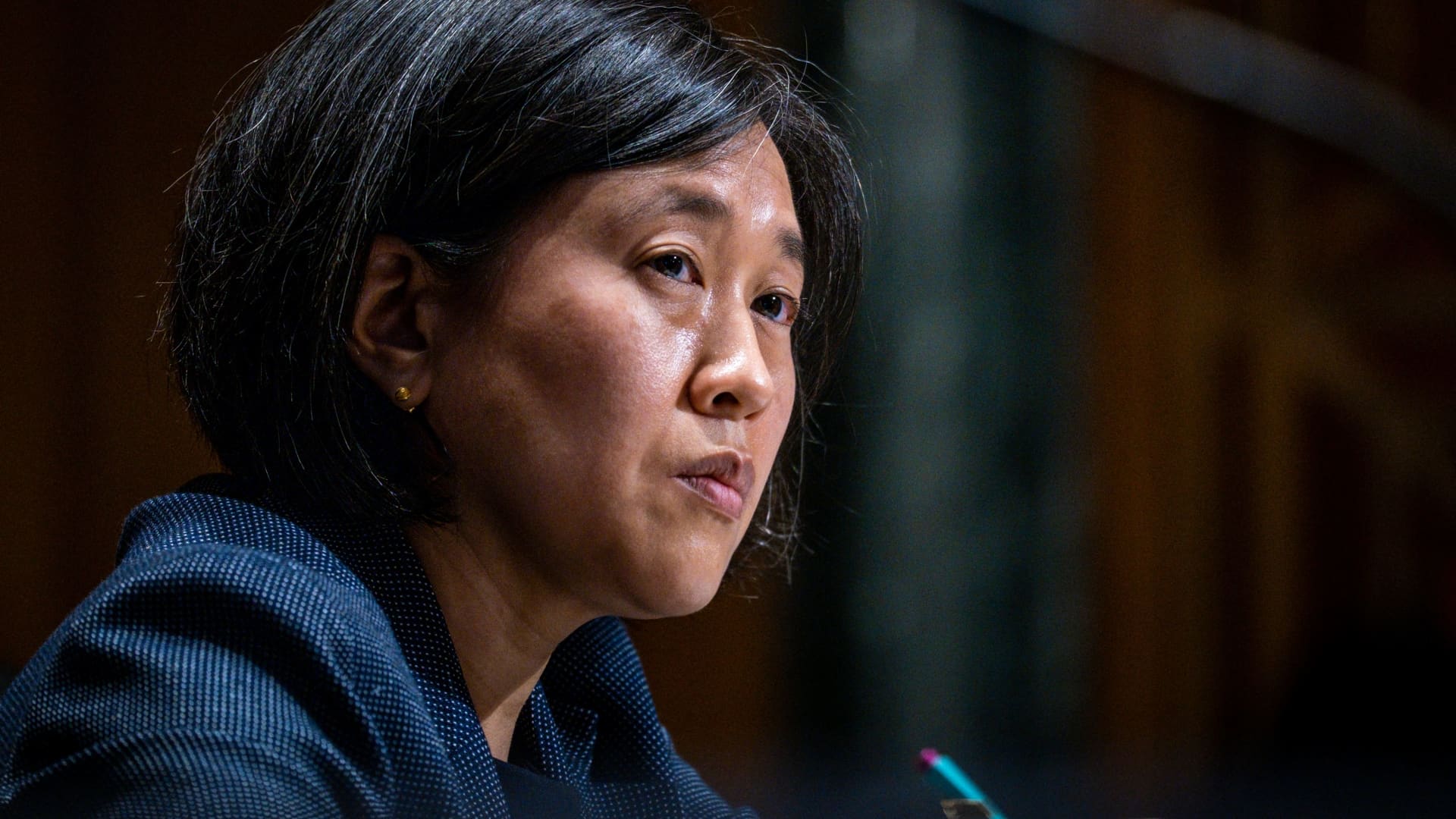Two years ago, President Donald Trump signed what he called a "historical trade deal" with China that committed China to purchase $200 billion of additional US exports before December 31, 2021. Today the only undisputed "historical" aspect of that agreement is its failure. One lesson is not to make deals that cannot be fulfilled when unforeseen events inevitably occur—in this case, a pandemic and a recession. Another is not to forget the complementary policies needed to give an agreement a chance to succeed.
In the end, China bought only 58 percent of the US exports it had committed to purchase under the agreement, not even enough to reach its import levels from before the trade war.[1] Put differently, China bought none of the additional $200 billion of exports Trump's deal had promised.
Trump's "phase one" agreement with his "very, very good friend" President Xi Jinping was not a total washout. The deal did halt his spiraling trade war. And several of its elements should be kept, notably China's commitments to remove technical barriers to US farm exports, respect intellectual property, and open up its financial services sector.
However, signing something that was problematic, if not unrealistic, from the start, shows some degree of bad faith on both sides. After two years of escalating tariffs and rhetoric about economic decoupling, the deal did little to reduce the uncertainty discouraging the business investment needed to restart US exports. Most of Trump's tariffs remained in effect, especially on inputs, raising costs to US companies. And by failing to negotiate the removal of China's retaliatory tariffs, the agreement may have funneled any Chinese demand for US exports away from China's private sector toward its state-owned enterprises....
````````````````````
That 45's "trade deal" with China was a non-starter has become apparent.


